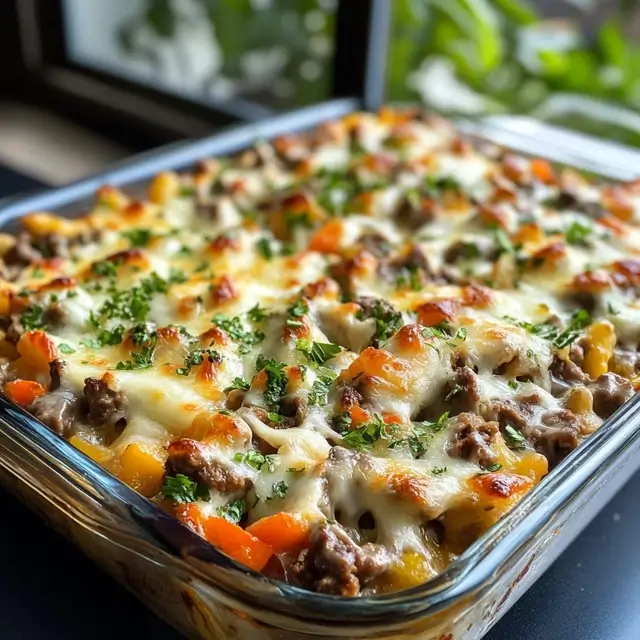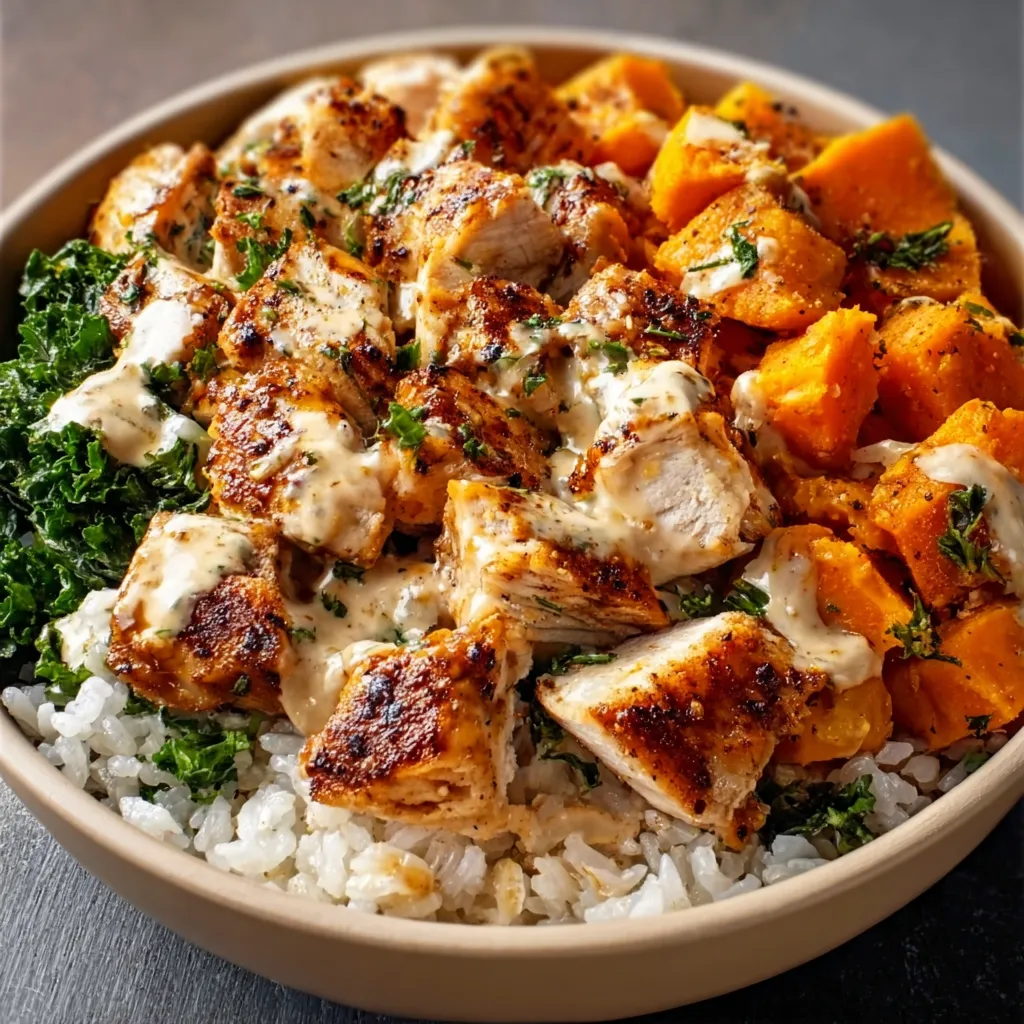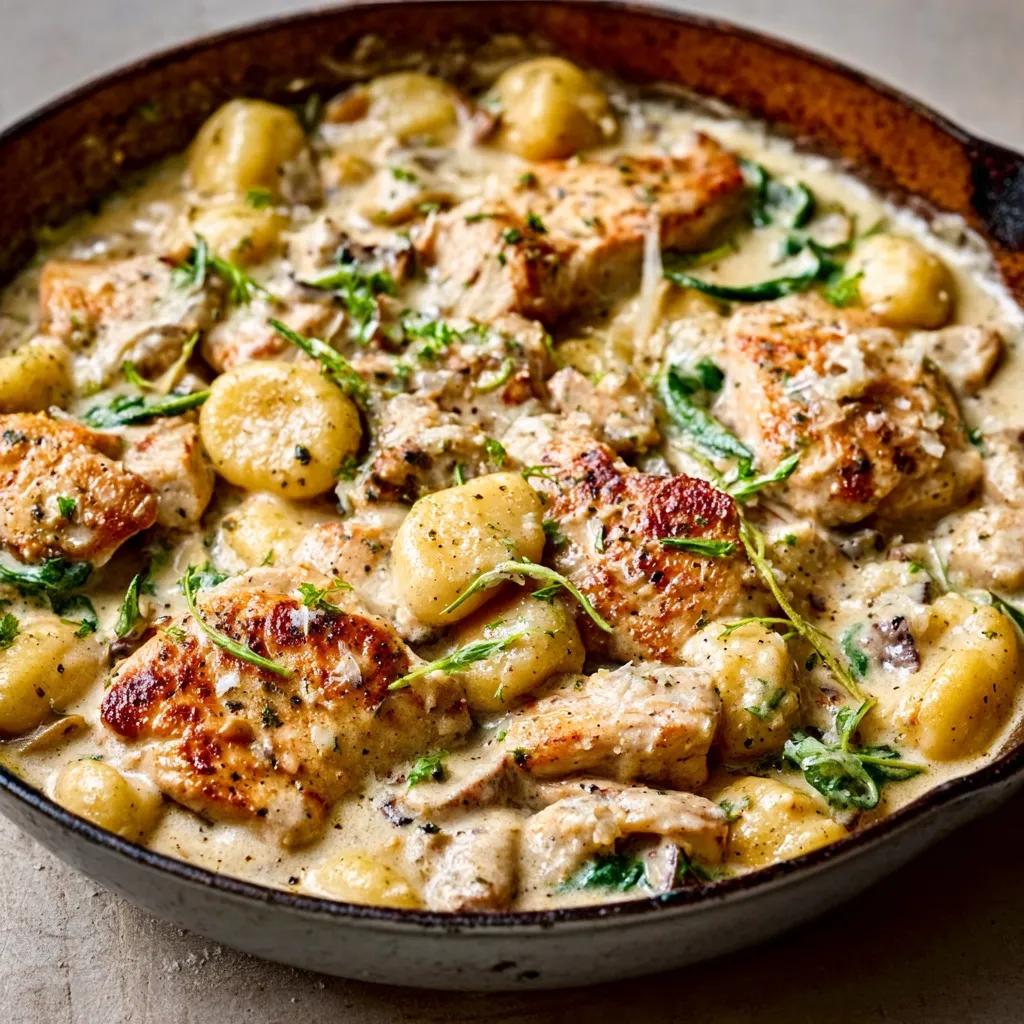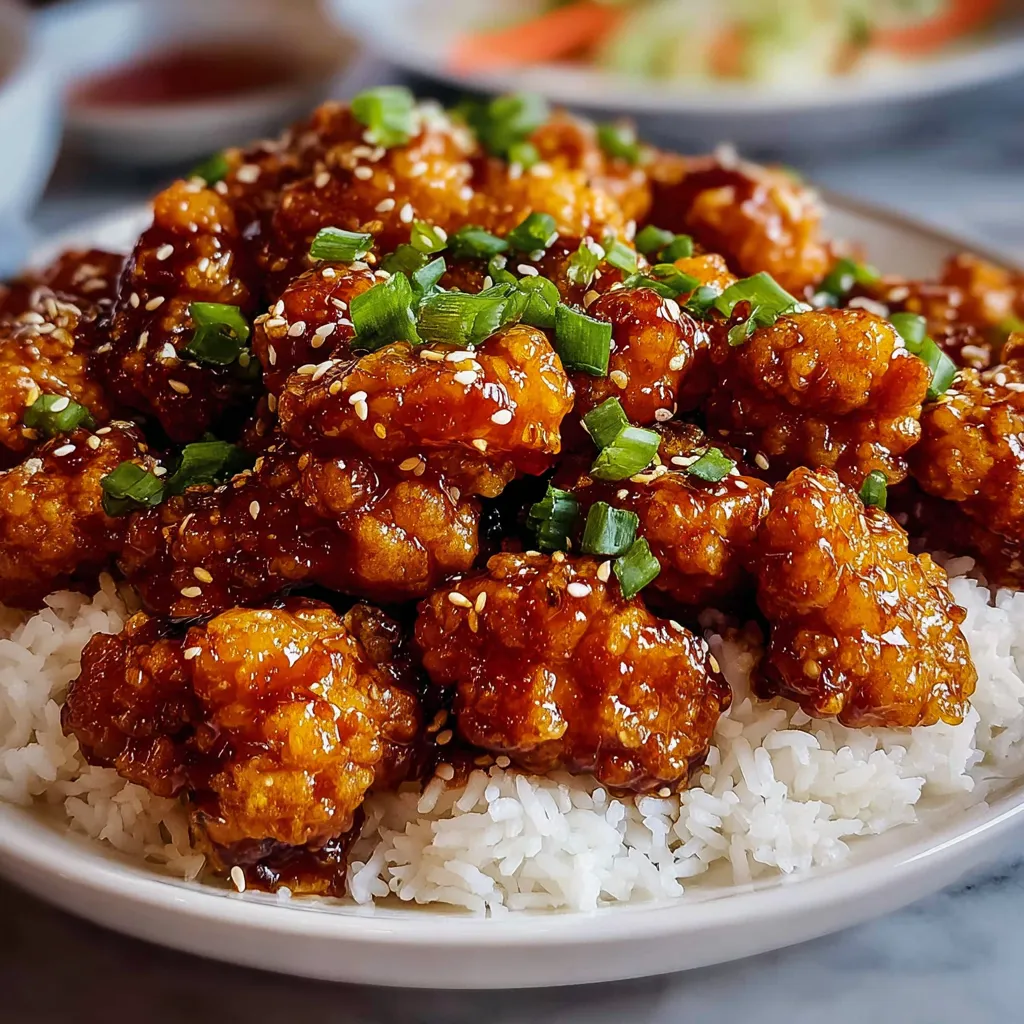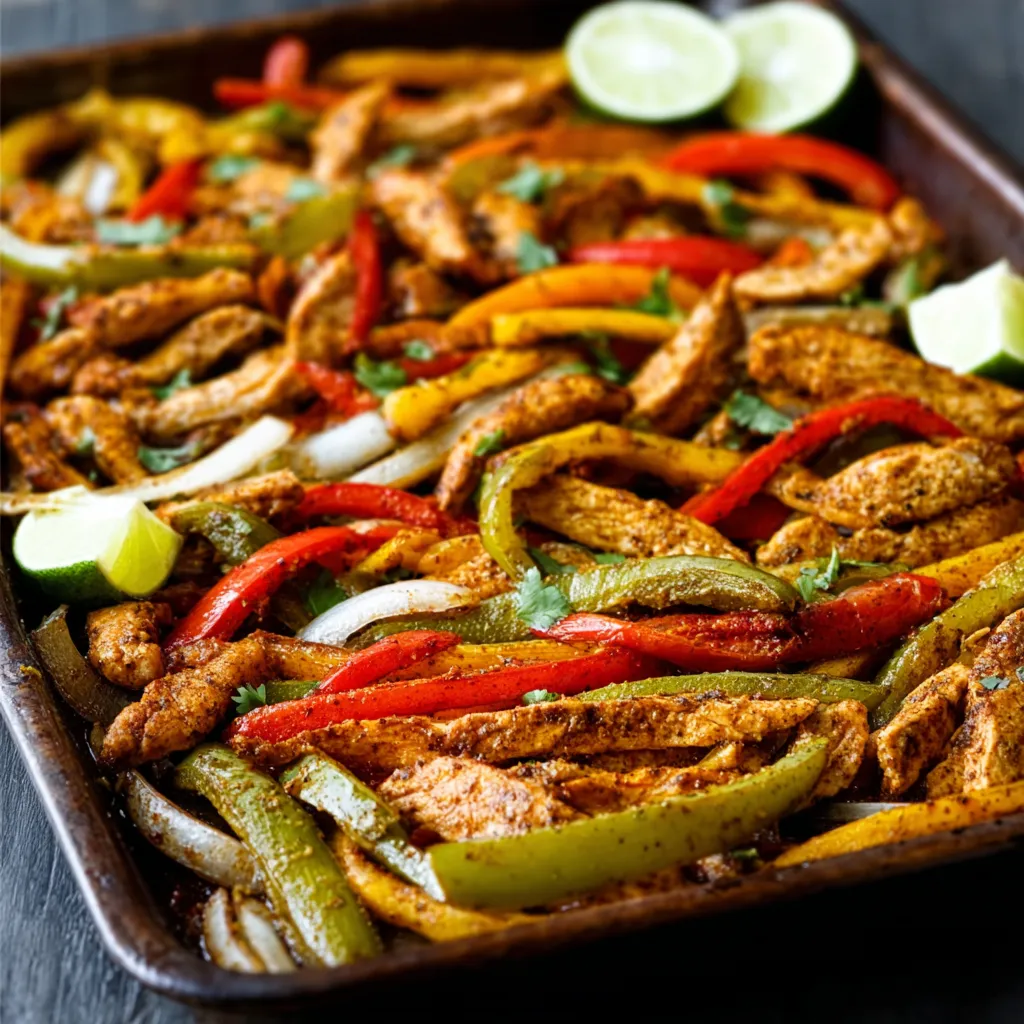Transform the iconic flavors of Philadelphia’s most famous sandwich into a comforting, family-friendly casserole that brings everyone to the dinner table. This Philly cheesesteak casserole captures all the beloved elements of the classic sandwich – tender beef, sautéed peppers and onions, and melted cheese – in a convenient one-dish format that’s perfect for busy weeknights.
The beauty of this recipe lies in its ability to feed a crowd without the fuss of individual sandwich assembly. Instead of standing over the stove making multiple sandwiches, you can prepare this hearty casserole in advance and let the oven do the work while you handle other dinner preparations or spend time with family.
This dish has become my go-to solution for feeding hungry teenagers and satisfying adults who crave comfort food without the mess. The combination of tender steak, perfectly seasoned vegetables, and gooey melted cheese creates a meal that’s both familiar and exciting, delivering restaurant-quality flavors in a home-cooked package.
Why This Philly Cheesesteak Casserole Works
Traditional Philly cheesesteaks require precise timing and constant attention to achieve the perfect balance of ingredients. This casserole version eliminates the stress while amplifying the flavors through slow, even cooking that melds all components beautifully.
The secret lies in proper layering and moisture control. Unlike stovetop versions where ingredients can become soggy or overcooked, the casserole format allows each element to maintain its distinct character while contributing to the overall harmony of flavors.
Additionally, this method stretches expensive steak further by incorporating other satisfying ingredients like potatoes or rice, making it budget-friendly without sacrificing the premium taste that makes Philly cheesesteaks so irresistible.
The convenience factor cannot be overstated either. Busy families can prep this casserole on Sunday afternoons, refrigerate it, and simply pop it in the oven on hectic weeknight schedules. The result is a hot, satisfying meal that tastes like you spent hours in the kitchen.
Essential Ingredients for Authentic Flavor
Choosing the Right Cut of Beef
Ribeye steak delivers the most authentic Philly cheesesteak flavor, but sirloin or strip steak work wonderfully while being more budget-conscious. The key is slicing the meat very thinly against the grain to ensure tenderness in the finished casserole.
Partially freezing the steak for 30 minutes before slicing makes thin, even cuts much easier to achieve. This technique, borrowed from Asian stir-fry cooking, ensures restaurant-quality results at home.
Ground beef offers the most economical option and works surprisingly well in this format. Choose 80/20 ground beef for optimal flavor and moisture, browning it thoroughly before adding to prevent greasiness in the final dish.
Pepper and Onion Selection
Green bell peppers provide the classic Philly flavor profile, but mixing in red and yellow peppers adds sweetness and visual appeal that elevates the dish beyond traditional expectations. The variety of colors makes the casserole more attractive for family dinners and entertaining.
Sweet onions like Vidalia or yellow onions work best, as their natural sugars caramelize during cooking and complement the savory beef flavors perfectly. White onions tend to be too sharp, while red onions can overpower the other ingredients.
Slice peppers and onions uniformly to ensure even cooking. Pieces that are too large won’t soften properly, while overly small pieces disappear into the casserole and lose their distinctive texture and flavor contribution.
Cheese Considerations
Provolone cheese provides the most authentic Philly cheesesteak experience with its mild, creamy flavor that melts beautifully without becoming greasy. American cheese works well too, though it’s less traditional and can become rubbery if overcooked.
Cheese Whiz, while controversial among purists, creates incredibly smooth, creamy results that many families prefer. If using processed cheese, add it during the last 15 minutes of baking to prevent separation.
A combination of cheeses often produces the best results – provolone for authenticity, mozzarella for stretch and melt quality, and a touch of sharp cheddar for depth of flavor.
Step-by-Step Preparation Instructions
Meat Preparation Techniques
Start by trimming any excess fat from your chosen cut of beef, then slice it as thinly as possible against the grain. If using ribeye or sirloin, aim for slices no thicker than ¼ inch to ensure tender results.
Season the sliced beef with salt, pepper, and a touch of garlic powder before cooking. This base seasoning penetrates the meat and builds flavor layers that make the final dish more complex and satisfying.
Brown the beef in batches to avoid overcrowding the pan, which causes steaming rather than proper browning. Properly browned meat develops rich flavors through the Maillard reaction that significantly improves the overall taste of the casserole.
Vegetable Sautéing Process
Heat oil in a large skillet over medium-high heat before adding sliced onions. Cook them first until they begin to caramelize and develop golden edges – this process takes 5-7 minutes and creates the sweet, savory foundation that makes this casserole exceptional.
Add sliced peppers to the caramelized onions and continue cooking until they’re tender but still retain slight bite. Overcooked peppers become mushy and lose their distinctive flavor contribution to the dish.
Season vegetables with salt, pepper, and Italian herbs during cooking rather than after. This technique allows the seasonings to penetrate and develop deeper flavors throughout the cooking process.
Casserole Assembly Strategy
Layer ingredients strategically to ensure even cooking and optimal flavor distribution. Start with a thin layer of cheese on the bottom to prevent sticking, then add the beef mixture, followed by vegetables, and top with remaining cheese.
If including potatoes or rice, par-cook these starch components before assembly to prevent uneven textures in the finished dish. Undercooked starches will remain hard, while overcooked ones become mushy and unappetizing.
Cover the assembled casserole with foil for the first portion of cooking to prevent the cheese from browning too quickly while allowing the interior components to heat through properly.
Cooking Techniques for Perfect Results
Temperature and Timing Guidelines
Preheat your oven to 350°F for optimal results. This moderate temperature allows the casserole to heat through evenly without burning the cheese topping or drying out the meat components.
Bake covered for 25-30 minutes, then remove the foil and continue cooking for 10-15 minutes until the cheese is golden and bubbly. Total cooking time varies based on casserole depth and ingredient density.
Use a meat thermometer to ensure the internal temperature reaches 165°F for food safety. Insert the thermometer into the center of the casserole, avoiding contact with the dish bottom for accurate readings.
Moisture Management
Add a small amount of beef broth or water to the casserole if the mixture seems dry during assembly. The liquid should barely cover the bottom ingredients – too much creates a soggy mess, while too little results in dry, overcooked components.
Tent the casserole with foil if the cheese browns too quickly before the interior is fully heated. This technique prevents burning while allowing continued cooking of the inner ingredients.
Let the casserole rest for 10-15 minutes after removing from the oven. This resting period allows the ingredients to settle and makes serving much easier while preventing burns from molten cheese.
Delicious Variations and Customizations
Different Protein Options
Chicken breast or thighs can substitute for beef, creating a lighter version that’s perfect for those avoiding red meat. Season chicken similarly to beef and ensure it reaches proper internal temperature during cooking.
Turkey or even plant-based meat alternatives work well for dietary restrictions. Adjust cooking times accordingly, as different proteins require varying amounts of time to reach safe serving temperatures.
Combining proteins creates interesting flavor profiles – half beef and half chicken provides variety, while adding Italian sausage introduces spicy complexity that appeals to adventurous eaters.
Starch Additions
Diced potatoes transform this casserole into a complete one-dish meal that requires no side dishes. Par-boil potato cubes for 5-7 minutes before adding to ensure they cook properly alongside other ingredients.
Cooked rice or pasta can be layered in to create a more substantial dish that stretches the recipe further for large families or gatherings. Use about 2 cups of cooked starch per standard casserole dish.
Bread cubes or croutons on top create a stuffing-like texture that’s particularly appealing during cooler months. Toss bread pieces with butter and herbs before adding for extra flavor and better browning.
Flavor Enhancements
Mushrooms add earthy depth and meaty texture that complements the beef beautifully. Sauté sliced mushrooms with the peppers and onions, cooking until their liquid evaporates to prevent a watery casserole.
Hot peppers like jalapeños or banana peppers introduce heat levels that can be adjusted to family preferences. Remove seeds for milder heat, or include them for more intense spice.
Worcestershire sauce, hot sauce, or even a splash of beer can be added to the meat mixture for additional complexity and depth of flavor that elevates the dish beyond basic ingredients.
Make-Ahead and Storage Tips
Preparation Strategies
Assemble the entire casserole up to 24 hours in advance, covering tightly with plastic wrap and refrigerating until ready to bake. Add 10-15 minutes to the cooking time when baking directly from refrigerated state.
Prepare components separately and store in the refrigerator for up to 2 days. Cook the meat mixture and sauté the vegetables, then store in separate containers for quick assembly when needed.
Freeze assembled casseroles for up to 3 months in freezer-safe dishes. Thaw overnight in the refrigerator before baking, or bake directly from frozen with extended cooking times.
Leftover Management
Refrigerated leftovers maintain quality for 3-4 days when stored in covered containers. Reheat individual portions in the microwave or warm larger portions in a 300°F oven until heated through.
Leftover casserole makes excellent sandwich filling when chopped and heated. Serve on hoagie rolls with additional cheese for a quick lunch that captures the original sandwich inspiration.
Transform leftovers into breakfast hash by adding diced potatoes and topped with fried eggs. This creative repurposing prevents food waste while creating entirely new meal experiences.
Serving Suggestions and Accompaniments
Side Dish Pairings
Simple green salads provide fresh contrast to the rich, cheesy casserole. Choose light vinaigrettes rather than creamy dressings to avoid overwhelming the palate with too much richness.
Roasted vegetables like broccoli, asparagus, or Brussels sprouts add color and nutrition while complementing the savory flavors without competing for attention.
Garlic bread or dinner rolls are classic accompaniments that help soak up any extra cheese and provide additional carbohydrates for hearty appetites.
Presentation Ideas
Serve directly from the baking dish for casual family dinners, or transfer portions to individual plates for more formal presentations. Garnish with fresh herbs like parsley or chives for color contrast.
Wide, shallow bowls work well for serving, as they accommodate the casserole’s texture while preventing spillage. Warm the bowls slightly in a low oven for restaurant-style presentation.
Individual ramekins create elegant single-serving presentations perfect for dinner parties or special occasions. Adjust cooking times accordingly for smaller portions.
Nutritional Benefits and Considerations
Protein Content
This casserole provides substantial protein from the beef, which supports muscle maintenance and provides sustained energy. A typical serving contains 25-30 grams of high-quality complete protein.
The combination of meat and cheese creates a protein profile that includes all essential amino acids necessary for optimal health and nutrition.
For those monitoring protein intake, this dish can easily accommodate dietary goals while providing satisfying flavors that prevent feelings of deprivation often associated with restrictive eating plans.
Vegetable Contributions
Bell peppers provide significant vitamin C content, actually containing more per serving than many citrus fruits. They also contribute fiber and antioxidants that support overall health.
Onions offer prebiotic compounds that support digestive health while providing flavor complexity that makes vegetables more appealing to reluctant eaters.
The cooking process softens vegetables while preserving most nutritional benefits, making this an effective way to increase vegetable consumption for family members who typically avoid them.
Customizing for Dietary Needs
Reduce sodium by choosing low-sodium cheese options and limiting added salt during cooking. The natural flavors from properly cooked beef and vegetables provide plenty of taste without excessive sodium.
Lower-fat versions can be created using lean cuts of beef, reduced-fat cheese, and cooking spray instead of oil for sautéing vegetables.
Gluten-free versions are naturally achieved by avoiding any bread-based additions and ensuring all seasonings and sauces are certified gluten-free.
Troubleshooting Common Issues
Texture Problems
Watery casseroles usually result from vegetables releasing too much moisture during cooking. Pre-cook vegetables until most liquid evaporates, or add a tablespoon of cornstarch to absorb excess moisture.
Dry casseroles indicate insufficient liquid or overcooking. Add small amounts of broth during assembly, and tent with foil if the top browns too quickly.
Tough meat typically comes from overcooking or using the wrong cut. Slice meat thinly and avoid extended cooking times that can make even tender cuts chewy.
Flavor Balance Issues
Bland results often indicate insufficient seasoning at each cooking stage. Season the meat, vegetables, and final assembly separately rather than relying on a single seasoning application.
Overly salty outcomes can be balanced by adding unsalted ingredients like extra vegetables or unseasoned cooked rice to dilute the saltiness without starting over.
One-dimensional flavor usually means skipping the browning steps that develop complex tastes. Take time to properly caramelize onions and brown meat for depth.
Frequently Asked Questions
Can I use ground beef instead of sliced steak? Absolutely! Ground beef works wonderfully and is more budget-friendly. Use 80/20 ground beef for best flavor and texture, browning it thoroughly before adding to the casserole.
How do I prevent the cheese from becoming rubbery? Avoid overcooking and use cheese varieties that melt well like provolone or mozzarella. Add delicate cheeses during the last 15 minutes of baking to prevent toughening.
Can this casserole be frozen after cooking? Yes, cooked casserole freezes well for up to 3 months. Cool completely before freezing, then thaw overnight in the refrigerator and reheat in a 300°F oven until warmed through.
What’s the best way to slice the steak thinly? Partially freeze the steak for 30 minutes, then use a sharp knife to slice against the grain. This technique ensures tender results and makes slicing much easier.
How can I make this dish healthier? Use lean cuts of beef, increase the vegetable ratio, choose reduced-fat cheese, and add fiber-rich ingredients like diced tomatoes or extra peppers for nutrition without sacrificing flavor.
Can I prepare this in a slow cooker? While possible, the texture will be different. Brown the meat and vegetables first, then combine in the slow cooker with cheese added during the last 30 minutes on low heat.
Conclusion and Final Tips
This Philly cheesesteak casserole successfully transforms a beloved sandwich into a family-friendly dinner that’s both convenient and delicious. The combination of tender beef, perfectly seasoned vegetables, and melted cheese creates comfort food that satisfies both nostalgia and practical dinner needs.
Remember that the key to exceptional results lies in proper preparation techniques – browning the meat well, caramelizing the onions, and layering ingredients thoughtfully. These steps might add a few extra minutes to prep time, but they create flavor complexity that elevates this dish far beyond basic casserole fare.
The versatility of this recipe makes it perfect for meal planning and family dinner rotation. Experiment with different cheese combinations, try various vegetable additions, and adjust seasoning levels to create your own signature version that becomes a household favorite.
Ready to bring Philadelphia’s most famous flavors to your dinner table? This Philly cheesesteak casserole recipe delivers all the satisfaction of the classic sandwich in a format that’s perfect for feeding families and creating memorable meals that everyone will request again and again.
Print
Best Philly Cheesesteak Casserole Recipe for Easy Family Dinners
- Total Time: 1 hour 5 minutes
- Yield: 6–8 servings 1x
Description
This Philly Cheesesteak Casserole delivers all the iconic sandwich flavors – tender beef, sautéed peppers and onions, and melted cheese – in a comforting, one-dish family meal. Perfect for weeknights or feeding a crowd.
Ingredients
- 1½ lbs thinly sliced ribeye or sirloin steak (or 1 lb ground beef)
- 1 tablespoon olive oil
- 1 green bell pepper, sliced
- 1 red bell pepper, sliced
- 1 yellow bell pepper, sliced
- 1 large yellow onion, sliced
- 1 teaspoon salt
- ½ teaspoon black pepper
- ½ teaspoon garlic powder
- 1 cup shredded provolone cheese
- 1 cup shredded mozzarella cheese
- ½ cup sharp cheddar cheese (optional)
- ½ cup beef broth (optional, for moisture)
- 2 cups par-cooked diced potatoes or cooked rice (optional)
Instructions
- Preheat oven to 350°F. Grease a 9×13-inch casserole dish.
- Slice steak thinly against the grain (partially freeze for easier slicing), or brown ground beef and drain excess fat.
- Season beef with salt, pepper, and garlic powder. Brown in batches over medium-high heat. Set aside.
- Sauté onions in olive oil until golden, about 5-7 minutes. Add bell peppers and cook until tender but not mushy. Season with salt, pepper, and herbs.
- Layer casserole dish with some cheese, then meat, vegetables, optional starches, and top with remaining cheese.
- Add ½ cup beef broth if mixture seems dry. Cover with foil and bake for 25-30 minutes.
- Remove foil and bake an additional 10-15 minutes until cheese is melted and bubbly.
- Let rest 10 minutes before serving. Garnish with fresh parsley if desired.
Notes
Use provolone for classic flavor and mozzarella for melty texture. Add mushrooms or hot peppers for variation. Can be assembled ahead and refrigerated up to 24 hours before baking.
- Prep Time: 25 minutes
- Cook Time: 40 minutes
- Category: Casserole
- Method: Baked
- Cuisine: American
Nutrition
- Serving Size: 1 slice
- Calories: 390
- Sugar: 4g
- Sodium: 540mg
- Fat: 26g
- Saturated Fat: 12g
- Unsaturated Fat: 10g
- Trans Fat: 0g
- Carbohydrates: 8g
- Fiber: 1g
- Protein: 28g
- Cholesterol: 85mg
Keywords: philly cheesesteak casserole, steak casserole, cheesy beef bake, easy family dinner, philly casserole

